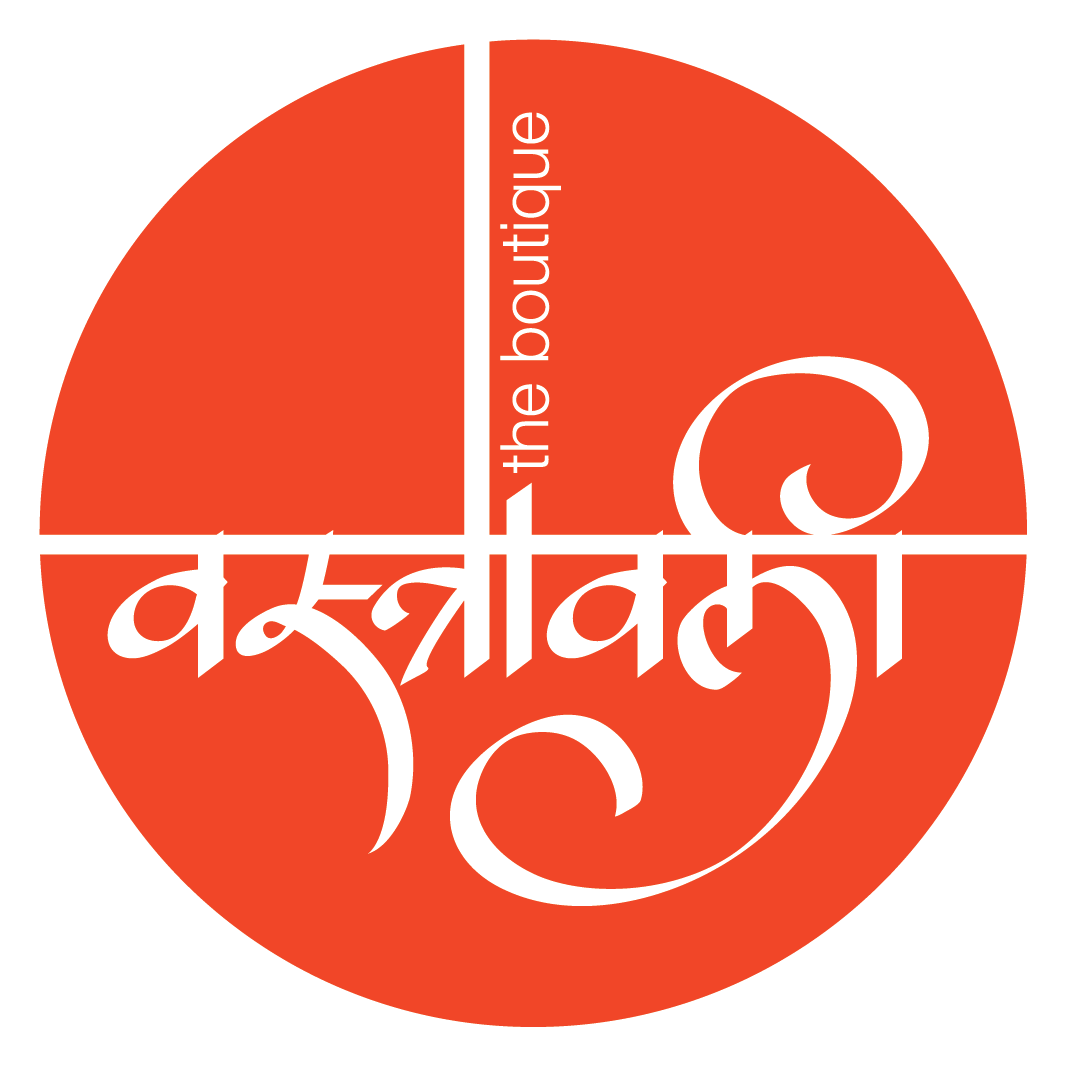Introduction
Madhya Pradesh, located in the heart of India, is known for its rich cultural heritage and traditional art forms. One such art form that has been practiced for centuries in this region is block printing. Block printing is a technique of printing patterns on textiles using wooden blocks. It is a labor-intensive process that requires skill, precision, and patience.
The Tradition of Block Printing in Madhya Pradesh
Block printing has been a part of Madhya Pradesh’s cultural heritage for generations. The art form has been passed down from one generation to another, with each family adding their unique touch to the craft. The state is home to several regions that are famous for their distinct styles of block printing, such as Bagh and Dabu.
Bagh Print
Bagh print is a traditional block printing technique that originated in Bagh, a small village in Madhya Pradesh. The name “Bagh” means garden, and the prints often depict floral motifs and natural elements. The process involves intricate hand-carved wooden blocks, natural dyes, and a unique resist printing technique.
The artisans start by preparing the fabric, usually cotton, by washing and soaking it in a mixture of water and myrobalan, a natural mordant. The fabric is then dried and treated with a mixture of clay and gum, which acts as a resist against the dyes.
Next, the artisans use hand-carved wooden blocks to apply the dyes. Each block is dipped in the desired color and carefully pressed onto the fabric. The process is repeated multiple times to create intricate patterns and designs. The dyes used in Bagh print are derived from natural sources like flowers, leaves, and minerals.
Once the printing is complete, the fabric is washed to remove any excess dye and the resist material. The final result is a beautiful piece of fabric with vibrant colors and intricate patterns. Bagh print fabrics are used to make sarees, dupattas, dress materials, and home furnishings.
Dabu Print
Dabu print is another traditional block printing technique that is popular in Madhya Pradesh. The word “Dabu” means mud, and the process involves using a mud resist to create unique patterns on the fabric.
The artisans start by preparing a mixture of clay, gum, and lime, which is then applied to the fabric using wooden blocks. The mud mixture acts as a resist, preventing the dyes from penetrating certain areas of the fabric. The fabric is then left to dry in the sun.
Next, the fabric is dyed using natural dyes. The dyes are applied using hand-carved wooden blocks, creating intricate patterns and designs. The mud resist is then washed off, revealing the beautiful patterns created by the combination of dyes and mud.
Dabu print fabrics are known for their unique and earthy look. They are used to make a wide range of products, including sarees, stoles, bedspreads, and cushion covers.
Preserving the Tradition
While block printing in Madhya Pradesh has a long and rich history, it is important to preserve and promote this traditional art form. Several organizations and government initiatives are working towards providing training and support to artisans, ensuring the sustainability of the craft.
By buying and supporting handcrafted block printed products, you can contribute to the livelihoods of these skilled artisans and help keep this age-old tradition alive. The beauty and uniqueness of block printed textiles from Madhya Pradesh are truly a testament to the rich cultural heritage of the state.
